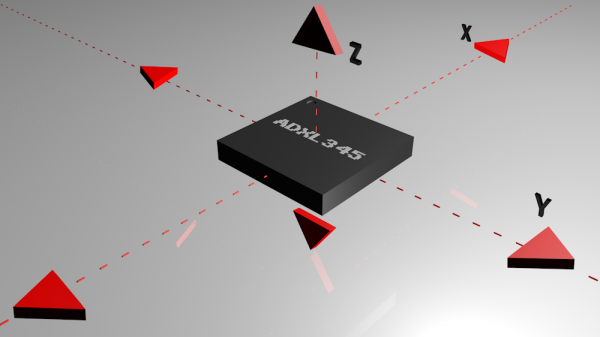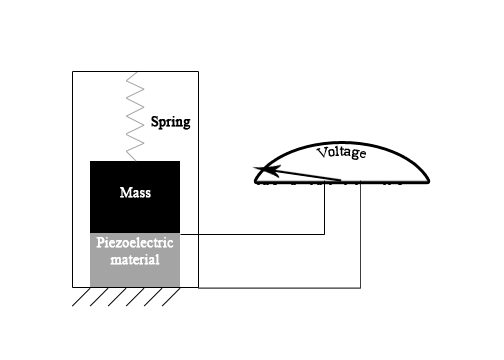Accelerometer Basics
How an Accelerometer Works
Accelerometers are electromechanical devices that sense either static or dynamic forces of acceleration. Static forces include gravity, while dynamic forces can include vibrations and movement.
Accelerometers can measure acceleration on one, two, or three axes. 3-axis units are becoming more common as the cost of development for them decreases.
Generally, accelerometers contain capacitive plates internally. Some of these are fixed, while others are attached to minuscule springs that move internally as acceleration forces act upon the sensor. As these plates move in relation to each other, the capacitance between them changes. From these changes in capacitance, the acceleration can be determined.
Other accelerometers can be centered around piezoelectric materials. These tiny crystal structures output electrical charge when placed under mechanical stress ( e.g. acceleration).

